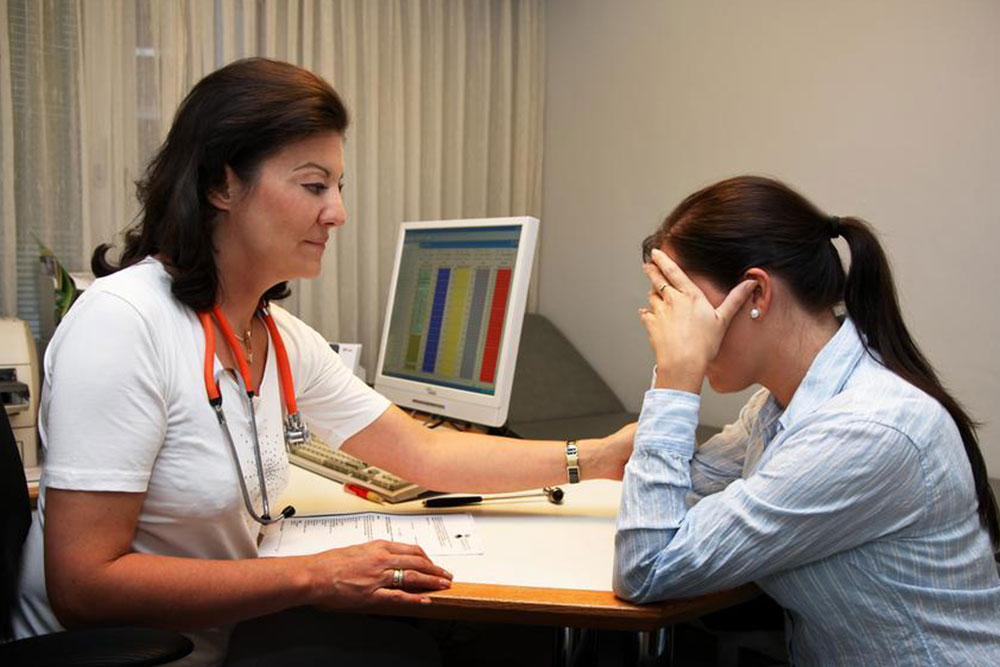Comprehensive Approaches to Managing Chronic Endometriosis
This article discusses various management options for chronic endometriosis, a common yet painful reproductive disorder. It covers symptoms, diagnosis, severity stages, and treatment methods including medication and surgery. Early diagnosis and tailored therapy can significantly alleviate symptoms and improve quality of life. The article emphasizes consulting healthcare providers for accurate diagnosis and effective treatment strategies to manage this chronic condition, helping women regain control over their health and well-being.

Effective Strategies for Managing Chronic Endometriosis
Endometriosis is a persistent and painful condition where tissue similar to the uterine lining grows outside the uterus. These growths commonly occur on the ovaries, fallopian tubes, pelvic tissues, and around the reproductive organs. While rare, it can also affect other parts of the body. Millions of women and girls worldwide experience this disorder.
These misplaced tissues respond to hormonal changes, thickening and shedding each month like uterine lining tissue, but since they are outside the uterus, they cannot exit the body naturally, leading to internal bleeding, inflammation, and infertility risks. The condition can also impact mental health and social well-being.
Women with endometriosis may experience irregular bleeding, pelvic pain, and fertility challenges. Symptoms vary, with some experiencing mild discomfort and others severe pain. Importantly, pain intensity does not always correlate with disease severity. Typical signs include pain during intimacy, lower abdominal discomfort, heavy periods, and urinary or bowel issues. If you notice these symptoms, consulting a healthcare provider is recommended for accurate diagnosis and personalized treatment options.
Managing Chronic Endometriosis Symptoms
While a cure for endometriosis does not currently exist, various therapies can effectively control symptoms and improve quality of life. Treatment options include:
Medications: Nonsteroidal anti-inflammatory drugs like ibuprofen can temporarily alleviate pain.
Hormonal contraceptives: Birth control pills, patches, and vaginal rings help limit tissue growth and manage symptoms. The Medroxyprogesterone shot also helps regulate menstrual cycles and reduce endometrial implants.
Hormonal therapy: Techniques like GnRH agonists and antagonists block estrogen production, creating a temporary menopause to suppress endometrial growth. Small doses of estrogen and progesterone can mitigate side effects like vaginal dryness.
Danazol: This medication halts menstruation and reduces symptoms but may cause side effects such as excessive hair growth.
Surgical procedures: When medications are ineffective, minimally invasive surgeries such as laparoscopy or hysterectomy may be performed to remove endometrial tissue while preserving reproductive organs.
Endometriosis Severity Levels
The condition is categorized into four stages based on lesion size, depth, and location:
Stage I: Minimal: Small lesions with minor inflammation.
Stage II: Mild: Slightly larger lesions on ovaries and pelvic lining.
Stage III: Moderate: Deep implants and multiple lesions on ovaries and pelvic tissues.
Stage IV: Severe: Extensive deep tissue involvement and significant pain.
Diagnosis typically involves ultrasound or laparoscopy. As for complications, infertility is a primary concern. Women with milder forms may conceive naturally, whereas advanced stages may require assisted reproductive techniques such as IVF. Early detection and treatment can greatly enhance management and outcomes. Symptoms often improve post-menopause.
Note:
This blog provides general information on endometriosis. It is essential to consult a healthcare professional for personalized diagnosis and treatment. The content is meant for informational purposes and should not replace professional medical advice. The site does not assume responsibility for data discrepancies or unlisted treatments.










